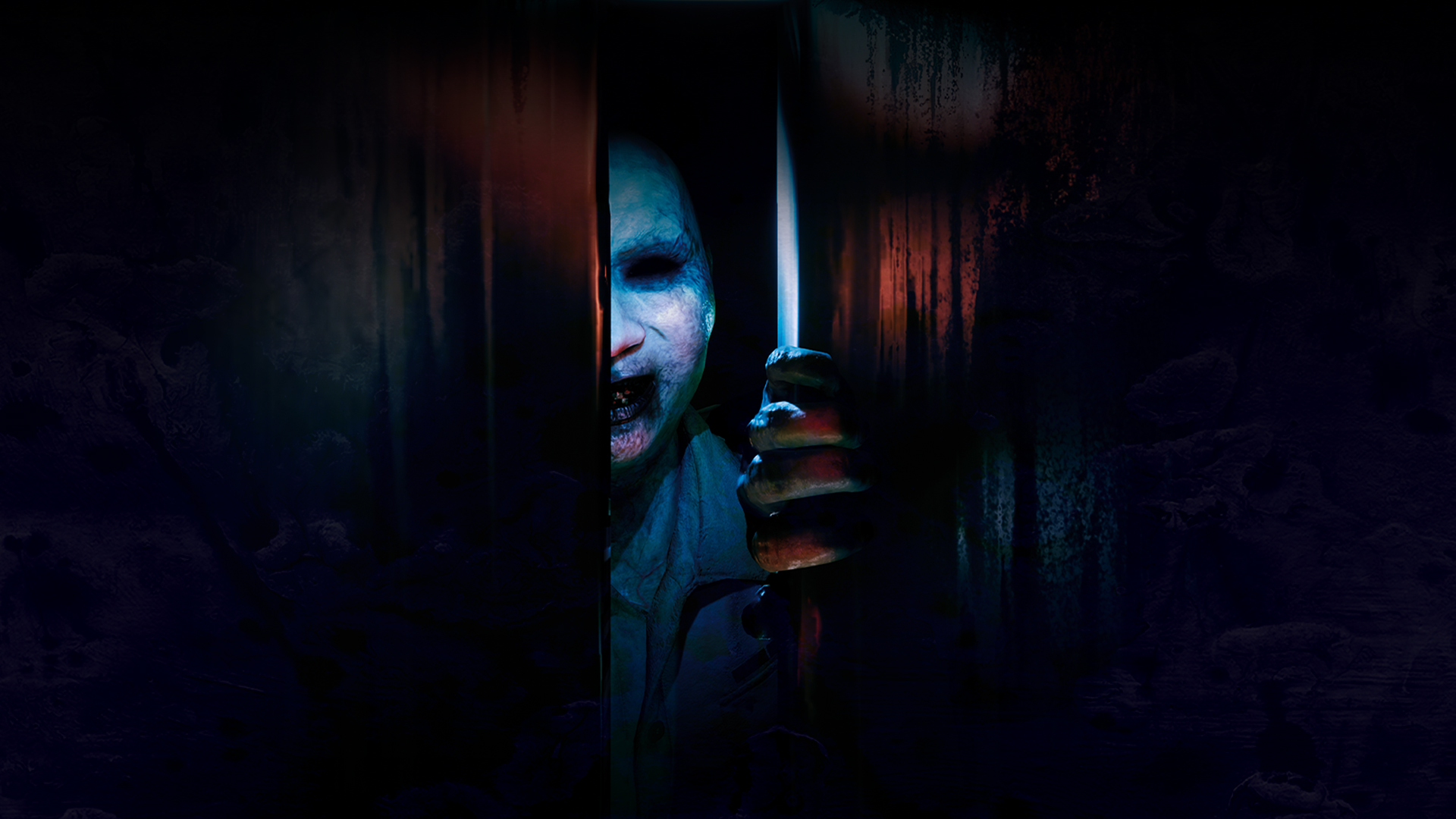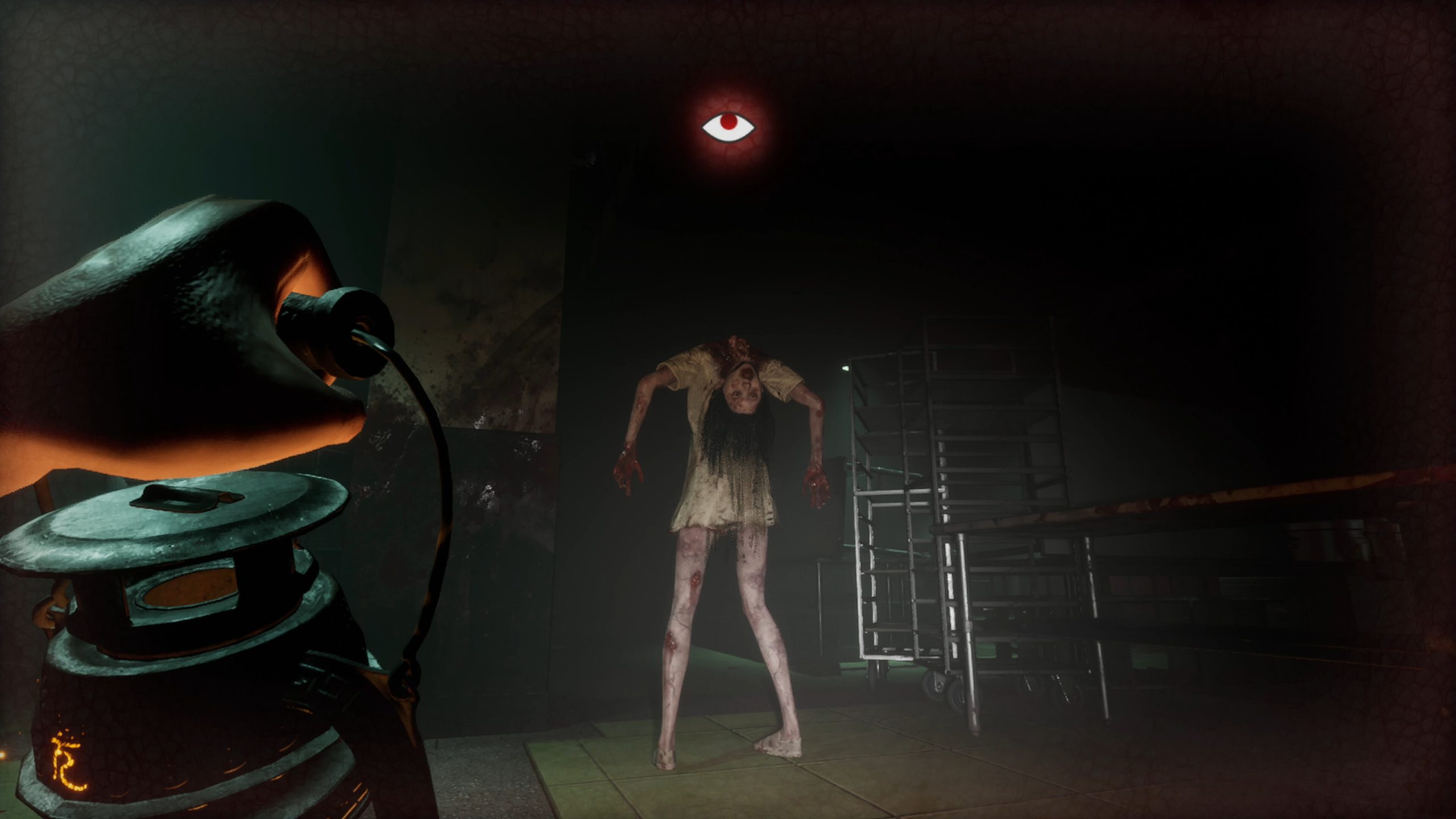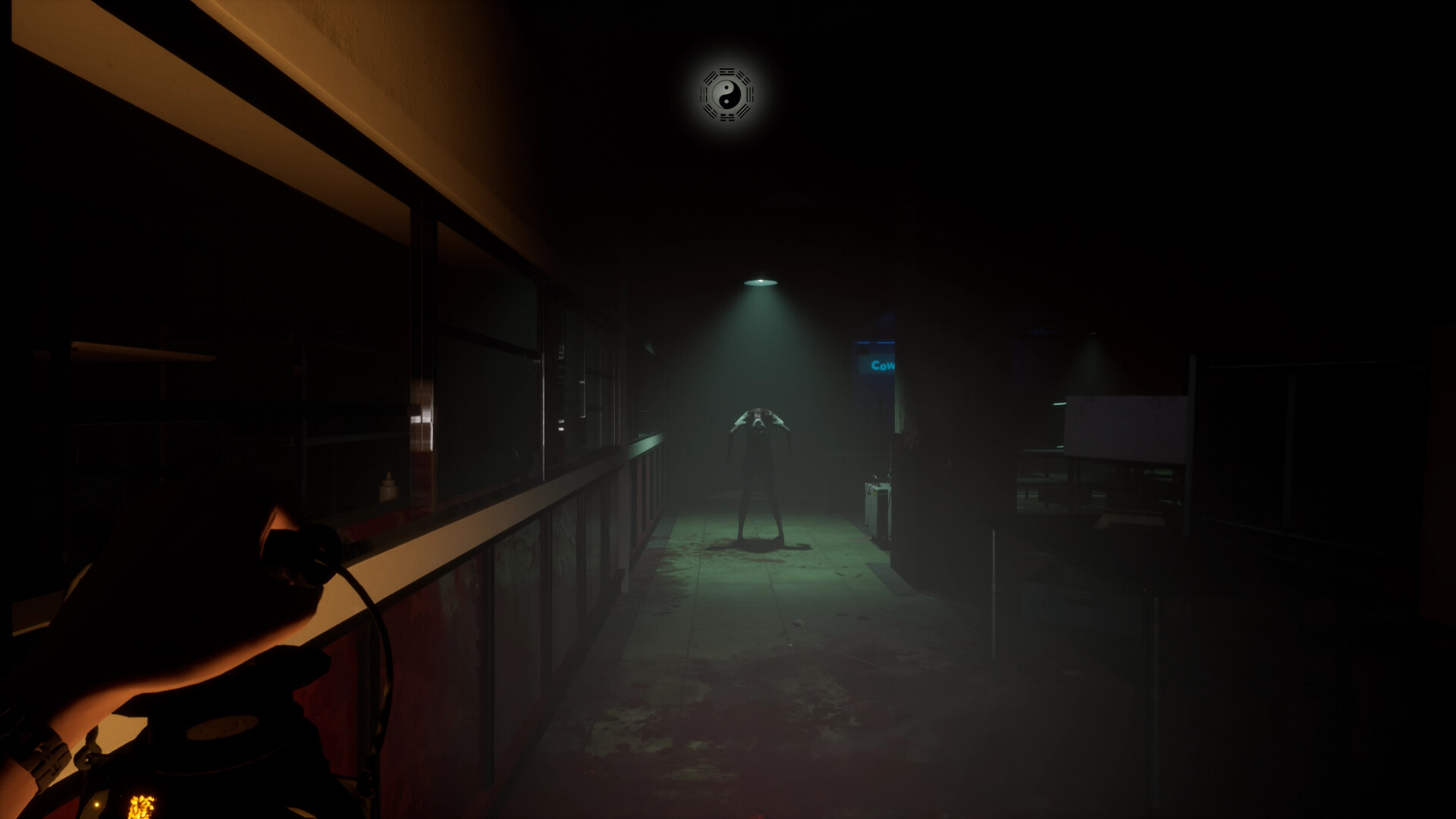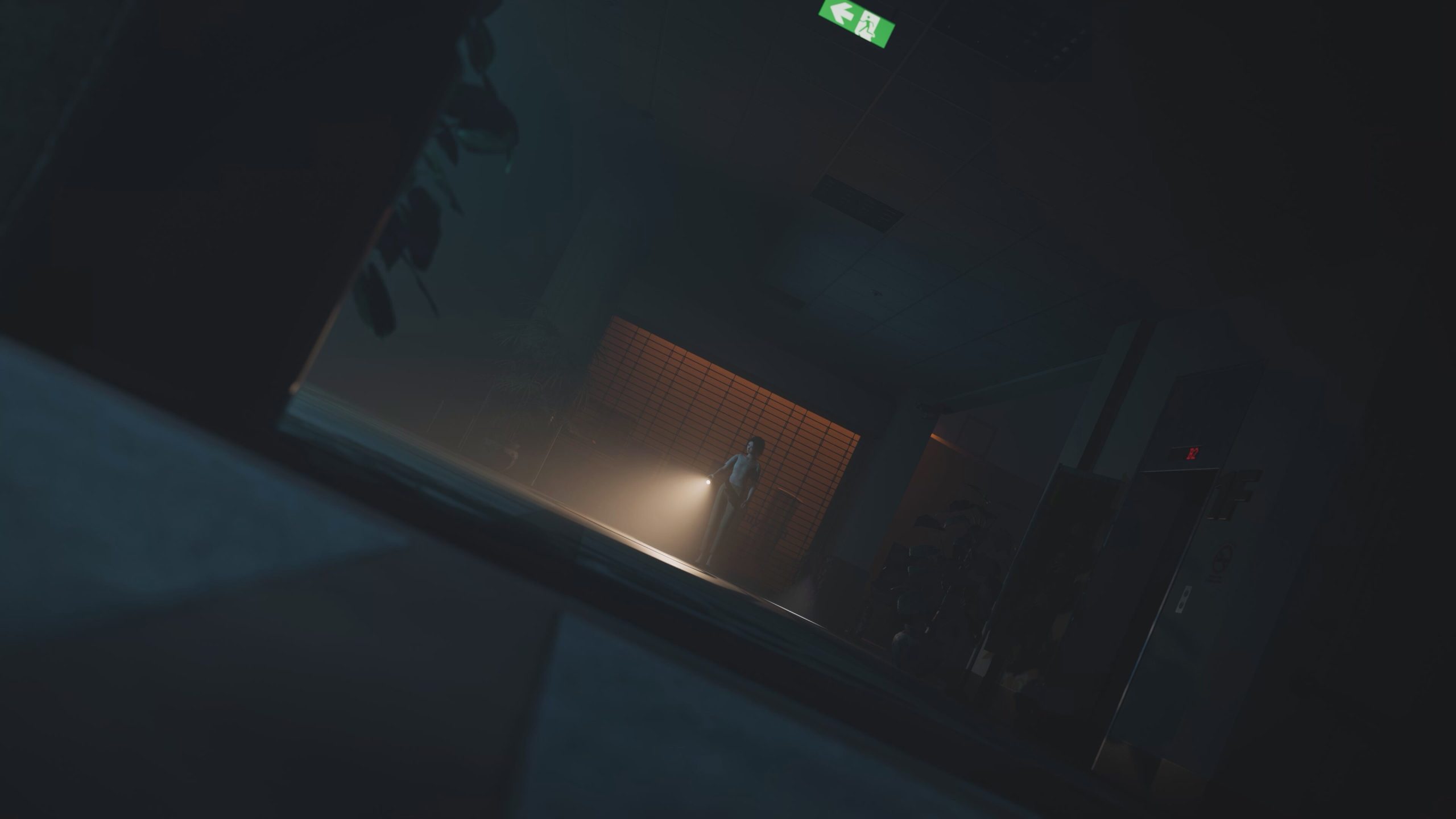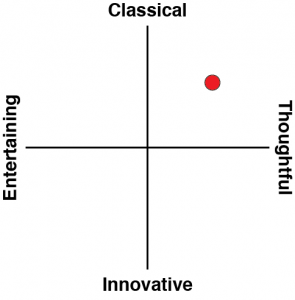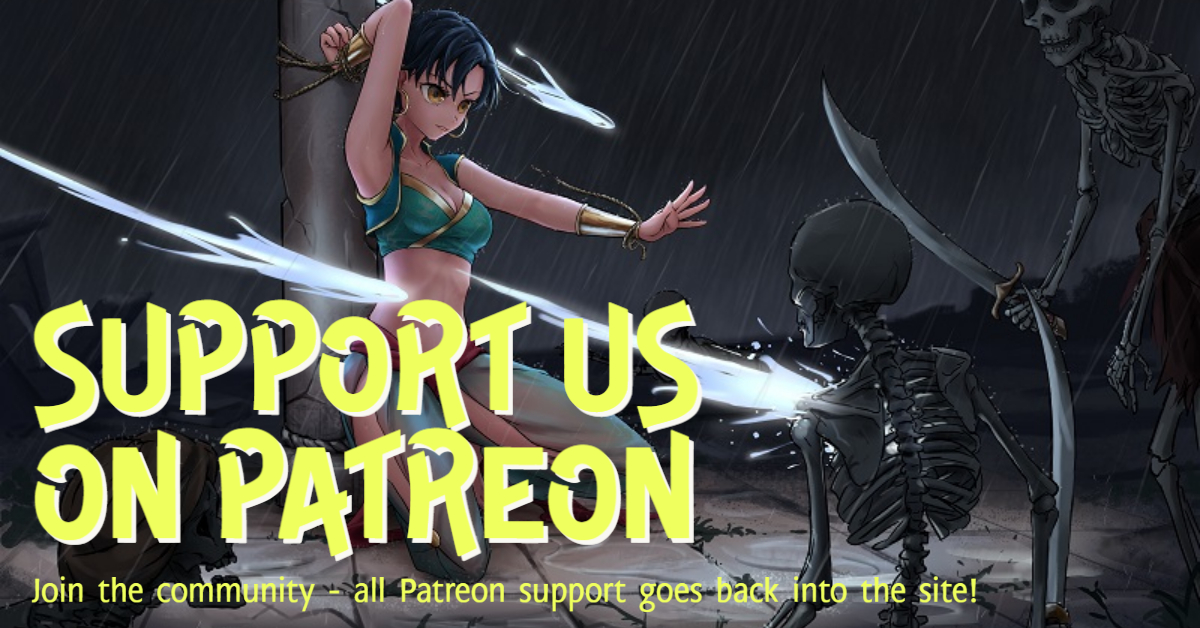Schools are creepy places, and it doesn’t seem to matter which country you’re talking about, they’re going to be one of the most common settings for horror stories. The Bridge Curse 2: The Extraction is Taiwan’s turn to haunt a place of learning (in this case, a university), and it’s a pretty good effort at it.
There’s an actual book on the subject that does a great job of explaining the appeal of schools as settings for horror. It’s not just because they’re creepy when it’s nighttime and they’re quiet, but as Andrew Grunzke explains in Educational Institutions in Horror Film, schools are a place where a lot of specific fears and negative experiences happen, and that then becomes ideal material to explore through horror.
“Over the past 50 years, many school-focused fears served as fodder for the makers of scary movies, including bullying, sexual awakenings, social acceptance (including hazing and violent initiations into peer groups), parent/child relationships, the development of a moral self-identity, and academic performance. In concentrating on the fears of teenagers, educational institutions served as the focal point for huge numbers of horror films, making a veritable constellation comprising decades of adolescent anxieties.
“Horror stories play an important social function. The story-teller exploits the anxieties of the audience to craft a story that employs those fears to create tension and dead. For historians, then, horror texts represent a unique opportunity. Scary stories give historians a chance to examine the preoccupations certain people possessed in any given era.”
This book largely focuses on Western horror stories, but I would argue that Asian horror storytelling works even better when set in schools. One common difference between Western horror and Asian horror is that Western horror is preoccupied with the idea the monster, and survival in the face of it. Asian horror, meanwhile, tends to be more focused on the tragedy that led to the creation of the monster. It’s effective horror because not only is the situation terrifying, but you are also led to feel a degree of sympathy and pity, and that’s then an additional layer of emotional engagement.
That’s why so many stories of Asian horror focus on “Bloody Mary” style legends, which always feature some horrible thing happening to a student to result in the malicious spirit and subsequent urban legend. The underlying story is always so sad.
The Bridge Curse 2 doesn’t push any boundaries, but it does a good job of covering well-trodden ground. You’ll play as several different characters, all drawn to a haunted university in the evening for different reasons, only to all overstay their welcome and remain there as the clock ticks over to midnight, and the malignant spirits come out to play. From there it’s a desperate flight for survival, while also piecing together what, exactly, is going on.
This is all presented through some very B-grade cheesy voice acting, but the characters are all charismatic in their own way, and the game has an odd ability to draw you in and commit you to the action through the cheese. It also looks gorgeous, with suitably terrifying spirits to avoid and a creepy ambience in the building even in the quieter moments.
The very best horror stories make the setting a character in its own right – Crystal Lake is as iconic to Friday the 13th as the Vorhees guy, and this is true of The Bridge Curse’s Wen Hua University. You really do want to learn about all the horrible, nasty little secrets that the university has buried away, and while the game is very linear, you do feel like you’re exploring it as you play.
The puzzle is another staple of horror games, and The Bridge Curse 2 is filled with those too, and, refreshingly, isn’t overeager to hold your hand through them. So many modern games feature “puzzles” that basically answer themselves with the copious “hints” and “clues” they throw at you. It’s understandable from a development perspective because it means players won’t get “stuck.” But it also undermines the very definition of the word “puzzle.” The Bridge Curse 2, on the other hand, is quite happy to let you get stuck, and some of the later puzzles are reasonably challenging brain teasers. The payoff to this is that you feel like you’ve achieved something when you do solve the puzzle. Similarly, this game doesn’t hold your hand when it comes to the stalker sections. It’s up to you to figure out how to stop the ghost-thing catching you.
As a final note, it’s really nice to have a game from developer, Softstar, that is translated well enough to come across as native English. The prolific Taiwanese developer behind the Sword & Fairy, Xuan-Yuan Sword and Richman games has always had the challenge that when it comes to localisation players have had to be comfortable with piecing together meaning out of a very laboured localisation. Bridge Curse 2 shows that it can be done and there’s no excuse going forward.
The authentic Taiwanese ghost stories, an intriguing university campus to explore, and a fun – if B-grade cheesy – cast make The Bridge Curse 2 well worth your time. There are also some genuinely memorable monsters and eye-opening scenes. This is one of those super-niche horror games that you’ll be glad you discovered.
Buy the hottest games with Amazon.
By purchasing from this link, you support DDNet.
Each sale earns us a small commission.
